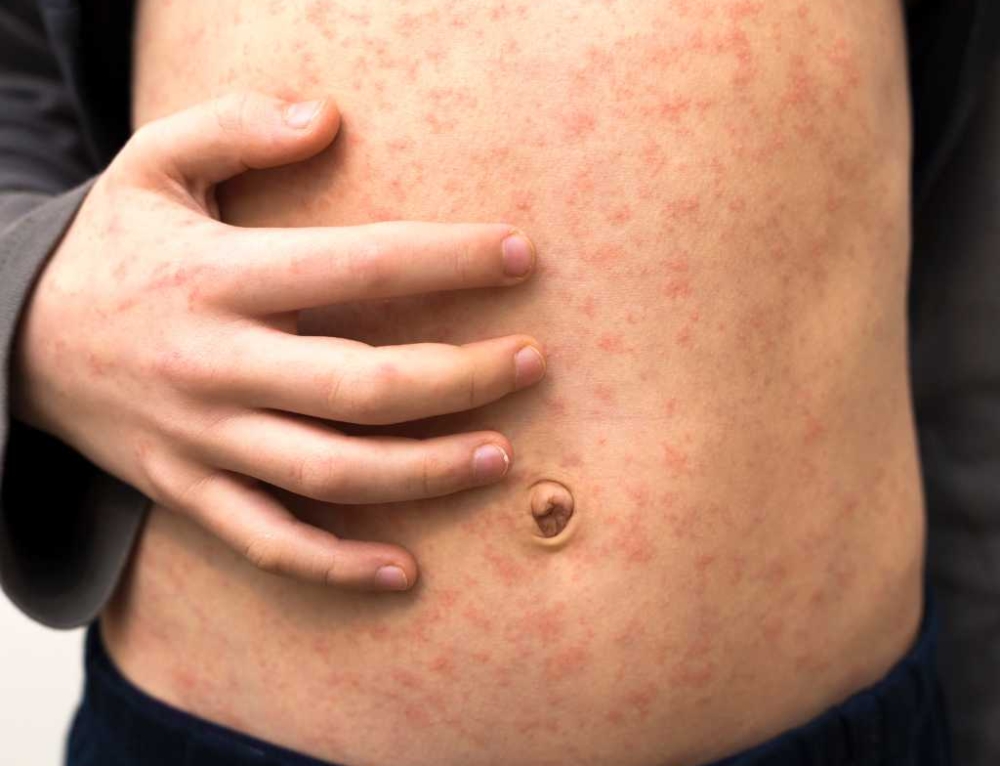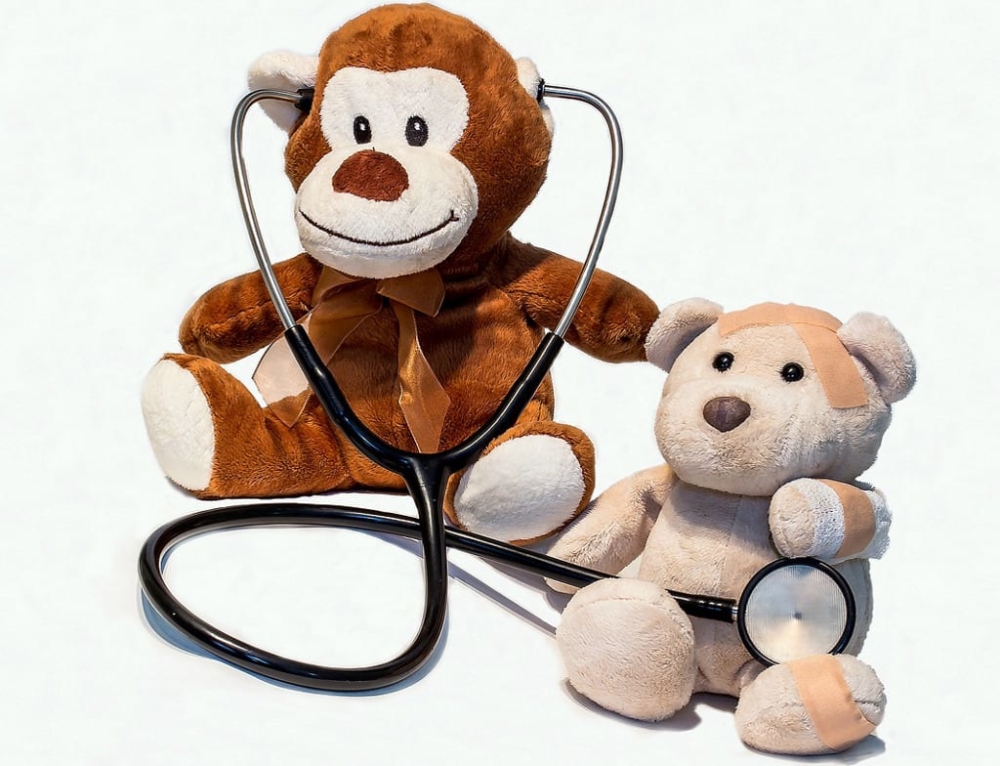Accidents can happen, and when they do it is important to keep a cool head. Not everyone is accustomed to seeing blood, and sometimes even the most innocent activity can lead to a deep cut that will bleed profusely.
Knowing how to react when and having a well-stocked first aid kit available will help you be prepared.
8 golden rules of first aid
- Stay calm
- Check whether your surroundings are safe. Don’t put yourself or the injured person at risk.
- Decide if you or the injured person needs medical aid; ask for advice if not sure.
- Reassure the injured person. If they are severely injured and under shock, and keep them warm. Stay with the injured person, keep them comfortable and don’t move them if you suspect an injury to the back or neck. Call for medical help in that case.
- Tell the medical experts as much information about the accident and symptoms as you can. Also, if you know about allergies or blood group or vaccinations or medical condition of the person (i.e. if they are on medication)
- Wash your hands before you apply first aid and wear disposable gloves to protect yourself and to prevent infections.
- Clean the wound(s) carefully, wiping away any dirt and grit. Use a clean cotton cloth with a disinfectant or rinse with cold water, then pat area dry before applying a clean dressing. Do not remove embedded objects, leave that to medical staff.
- Keep your first aid supplies up to date. Do not forget to replace any items you use from your first aid kit and check expiry dates regularly. Check our First Aid Kit guide for a more tips.
Why wound dressing?
Taking the time to dress even a minor wound instead of letting it dry will create optimum conditions for undisturbed and fast healing of your skin.
Dr. Rainer Wolber, Research & Development, Beiersdorf AG says, “In every wound the protective function of the skin is impaired. The objective of wound dressings is not only to protect the wound, but also to enable conditions in which healing of the skin can proceed as undisturbed as possible, so that the skin’s healthy structure can be restored.
In the treatment of minor everyday injuries, standard first aid dressings and plasters protect your wound from external influences and prevent contamination and infection, ensure absorption of blood and secretion, and reduce pain and mechanical trauma to a minimum during dressing removal and improve your comfort.
When do I need a doctor? When to seek medical advice
Most minor cuts and bruises can be treated effectively with first aid, but how do you know if an injury needs closer attention?
We recommend you contact a medical professional in the following circumstances:
- if the wound is deep and causes major bleeding
- if the wound shows signs of infection such as redness, warmth, pain and swelling
- if there are embedded foreign objects
- in case of an animal or human bite or
- in case of contact with animal blood
- if the wound is in the area of the face
- if there is insufficient tetanus vaccination
- and of course any time you have questions or are uncertain
You should also seek medical advice in case of breathing problems, unconsciousness, a deep wound with a major loss of blood, a severe burn, a suspected fracture or broken bone a suspected heart attack, a severe allergic reaction, a snake, animal bite or human bite, poisoning, severe shock, any condition which turns rapidly worse.
Content provided by Elastoplast







Great information here. I remember growing up the rule of thumb was to leave a cut or graze undressed as it would heal quicker by letting the air into it. Now we have learnt that sometimes this isn’t the best option, as germs etc can contaminate the wound. Great advice! Elastoplast dressings are fantastic!! I love having them in my first aid kit.
Thankfully I have never had the need to do any heavy duty first aid or put my previous first aid training to good use. I must admit that when your child, or hubby, is screaming it is incredibly hard to follow the first golden rule of remaining calm!!
I took a first aid course and I did think it was something beyond my capabilities but it made me more rational and less prone to panicking after. As I attend Playcentre, it made me more confident to approach kids and other parents when an accident happens.
The key is to definitely stay calm and make sure your child is calm, then attend to the wound and assess how serious it is. It is a good idea to always check your first aid kit to make sure nothing has expired and to also have a variety of sizes of gauze pads. My kids recently had St John’s come into their school and taught them about CPR and the some of the basics when dealing with minor wounds.
Our house is full of different sorts of plasters and steri strips and come into use regularly. Not panicking is a big thing as you put pressure on the child as well. Cleaning up a wound is great for better recovery as this article mentions and decide if a plaster is needed or fresh air. It’s good you have a part on when to seek medical advice as well.
I usually stay calm in an emergency situation, its afterwards that I become a quivering mess! These are all great tips but I think that its also a great idea to do a first aid course if possible, especially if you have kids, they are always up to something that will get them a few bumps and bruises!
Great read. I believe staying calm is definitely a big must because if you panic its going to send the child or person into a frenzy of panic also which is never good on the situation. I have one wee boy if he sees blood hes in hysterics lol but its just about getting them to calm down and reassuring them.
Good to have first aid tips on hand and to remind the kids to do the same…it promotes good habits for wounds and bruises. My kids just love elastoplast and every little sore gets a plaster in this house…it apparently fixes everything fast…
I think when you have children there are always accidents and scrapes and bruises! Always good to have some good cleansing and dressing items on hand though. Always good to tend to the cut or whatever straight away, make a decision as to how bad it is and treat from there. Sometimes a plaster, though not always needed, can help a child 🙂